Every morning across neighborhoods nationwide, something remarkable happens. Seniors step out their doors with four-legged companions, beginning a journey that transforms more than just their physical health. This simple act of walking a dog unlocks therapeutic benefits that rival many formal medical interventions, creating ripple effects that touch every aspect of well-being.
Some studies have emphasized that having a pet, particularly a dog pet, has many benefits for older people, stressing that maintaining mobility and fostering social interaction are key aspects of a healthy aging process. What makes this relationship so powerful isn’t just the exercise component. It’s the intricate web of physical, mental, and social healing that occurs when seniors embrace their role as daily dog walkers.
Let’s explore how this everyday activity becomes a powerful form of therapy that addresses the complex challenges of aging with remarkable effectiveness.
The Physical Health Renaissance

Walking with a dog transforms sedentary seniors into active participants in their own health journey. Dog owners walked significantly longer than non-owners, and pet owners had significantly lower serum triglycerides than non-owners. This isn’t just about taking a few steps around the block.
Engaging in moderate exercise like dog walking helps improve cardiovascular health by lowering blood pressure and reducing the risk of heart disease. The beauty lies in how naturally this exercise integrates into daily routines. Unlike gym memberships that intimidate or exercise programs that feel burdensome, dog walking feels like companionship rather than obligation.
Compared with older adults who don’t own pets, dog walkers had lower body mass, said they could complete more activities of daily living, and made fewer visits to health care professionals. The consistency of daily walks strengthens muscles, improves joint flexibility, and maintains the kind of functional mobility that keeps seniors independent longer.
Think of it this way: a dog doesn’t care if you’re having a sluggish day. Their enthusiasm becomes contagious, gently coaxing their human companions into movement when they might otherwise remain stationary.
Mental Health Transformation Through Four Paws
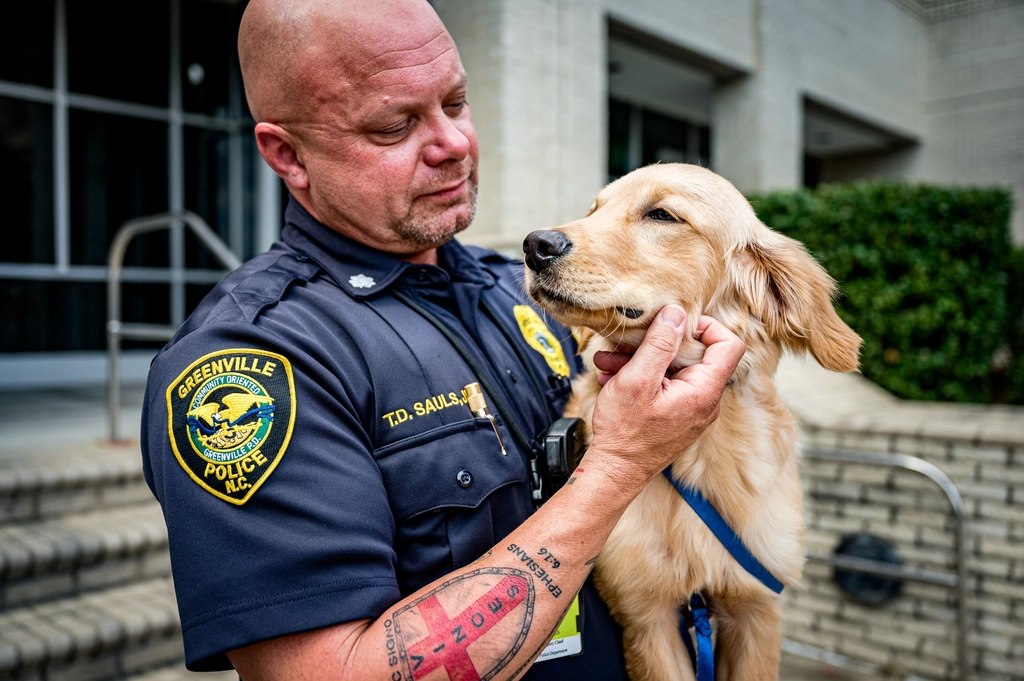
The mental health benefits of dog walking for seniors extend far beyond simple mood improvement. Engaging in regular physical activity, such as dog walking, has been shown to reduce symptoms of depression and anxiety. The rhythmic nature of walking combined with the companionship of a dog can be soothing and therapeutic.
Reduction of depressed mood by increasing serotonin and dopamine levels occurs naturally during these walks. The combination of sunlight, fresh air, and the unconditional presence of a canine companion creates a powerful antidote to the isolation and sadness that often plague older adults.
The findings indicate that pet therapy significantly reduces symptoms of depression and anxiety in elderly individuals. What’s particularly striking is how this therapy works without the side effects often associated with medications.
Picture an elderly person who’s been struggling with the blues. Their dog appears at the door, leash in mouth, tail wagging. Suddenly, purpose replaces despair, and the act of caring for another living being provides meaning that transcends their own worries.
The Social Connection Revolution
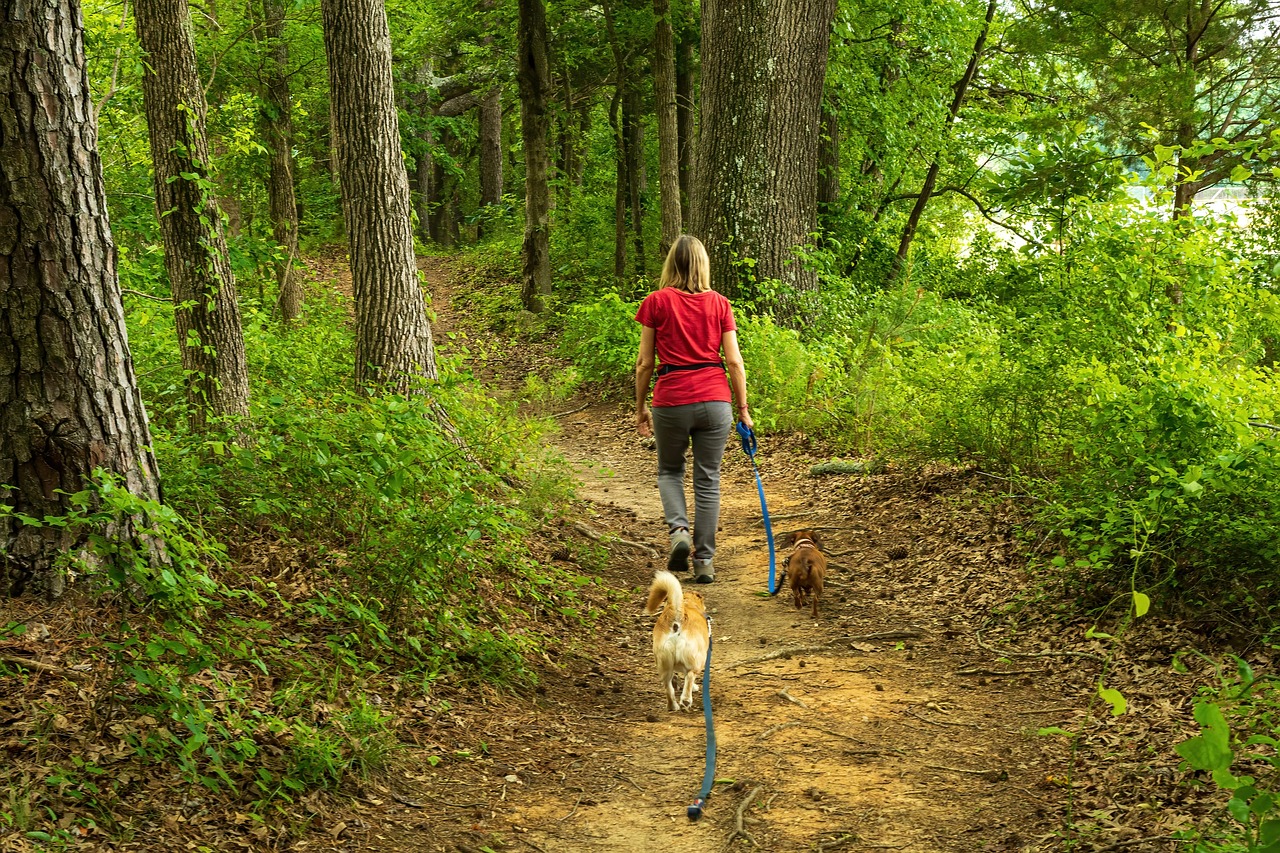
Indeed, dog walking encompasses a social component, since it may be an opportunity to socialize and increase the sense of community. Social interactions benefits may be a key component for walking the dog, in particular for more isolated or lonely older adults and their family caregivers. This social aspect often surprises people who think of dog walking as a solitary activity.
Walking with a dog results in a significantly higher number of chance conversations with complete strangers than walking alone. Dogs become natural conversation starters, breaking down the social barriers that often isolate seniors from their communities.
Recent research suggests that older adults who walk their dogs experience fewer symptoms of loneliness than those who do not walk their dogs. These casual encounters at dog parks, on neighborhood streets, or at veterinary offices create networks of acquaintances that combat the social isolation epidemic among seniors.
Imagine how a simple question about a dog’s breed opens doors to friendships that might never have formed otherwise. These connections often extend beyond dog-related topics, creating genuine social bonds that enrich seniors’ lives immeasurably.
Cognitive Preservation Through Purpose
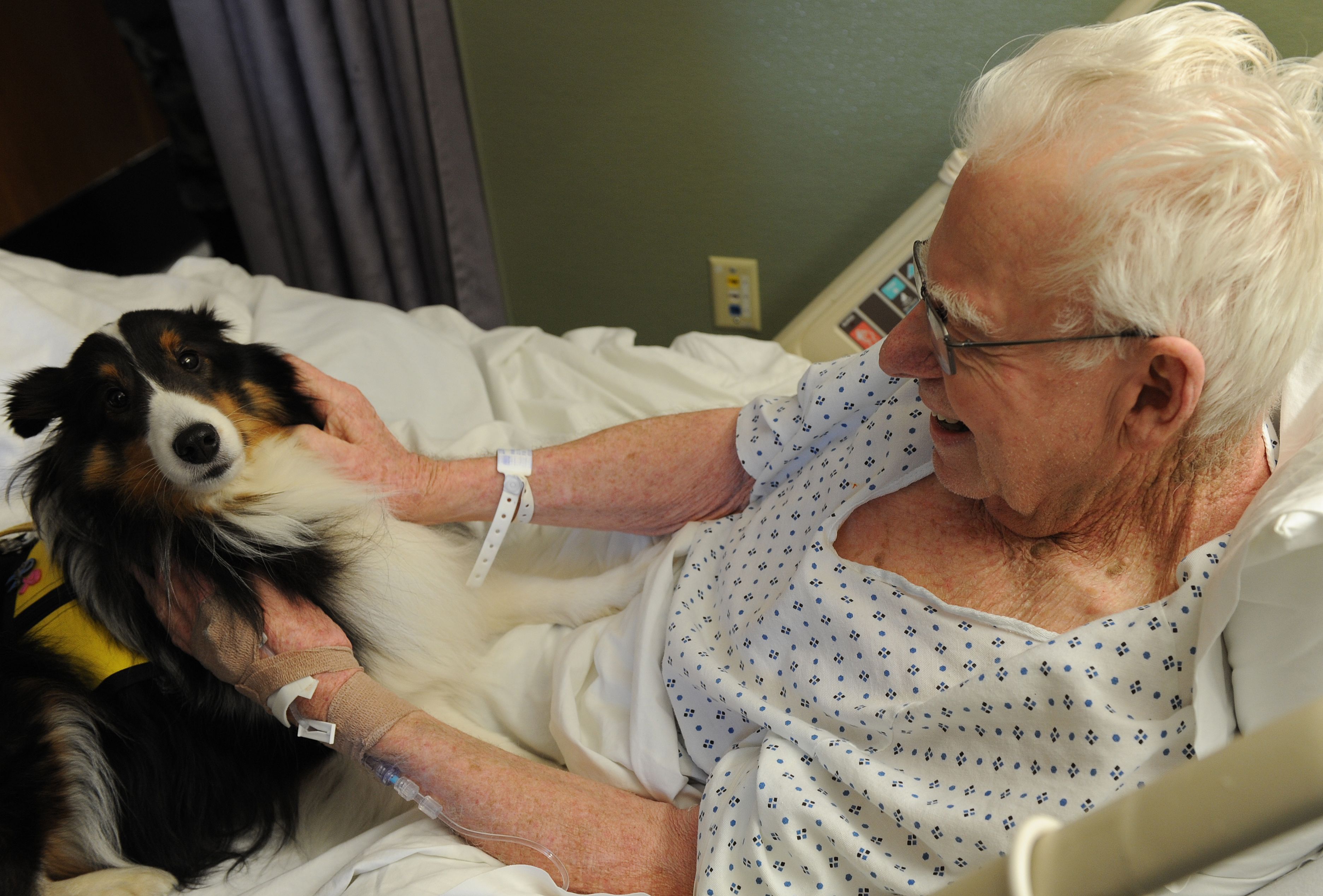
The cognitive benefits of dog walking for seniors reveal themselves in surprising ways. Some research suggests that deterioration in cognitive function with age may be slower for pet owners than non-owners, with dog walkers potentially experiencing slower deterioration than non-walkers, though the evidence remains mixed and requires further study. This protection against cognitive decline stems from multiple factors working simultaneously.
Walking outdoors exposes seniors to new environments and sensory experiences, which can provide cognitive stimulation. The variety of sights, sounds, and smells during a walk can engage the brain, keeping it active and alert. This kind of mental engagement is important for maintaining cognitive function and potentially reducing the risk of cognitive decline.
The responsibility of caring for another living being requires planning, memory, and problem-solving skills. Seniors must remember feeding schedules, medication times, and veterinary appointments. They navigate different routes, respond to their dog’s behavior, and make dozens of small decisions during each walk.
This constant mental engagement acts like a daily workout for the brain, maintaining neural pathways that might otherwise deteriorate from disuse.
Building Routine and Structure

As we get older, maintaining a routine becomes increasingly important, and pets thrive on routine and require regular feeding, exercise, and care. Having a pet encourages seniors to establish and adhere to a daily schedule. This structured routine provides a sense of purpose and helps seniors maintain cognitive abilities and mental alertness.
Dogs don’t understand retirement or flexible schedules. They expect their walks at consistent times, creating natural anchors throughout the day. This structure becomes particularly valuable for seniors who may have lost the external structure that employment provided.
Physical activity, such as dog walking, can lead to better sleep quality. For seniors, who often face issues like insomnia or disrupted sleep patterns, incorporating regular exercise into their routine can help regulate sleep cycles. A consistent walking schedule helps the body maintain a healthy rhythm, leading to more restful and restorative sleep.
The beauty of this routine lies in its flexibility within structure. While the basic schedule remains consistent, each walk offers variety through different routes, weather conditions, and unexpected encounters, preventing monotony while maintaining beneficial predictability.
The Therapeutic Bond Between Human and Canine
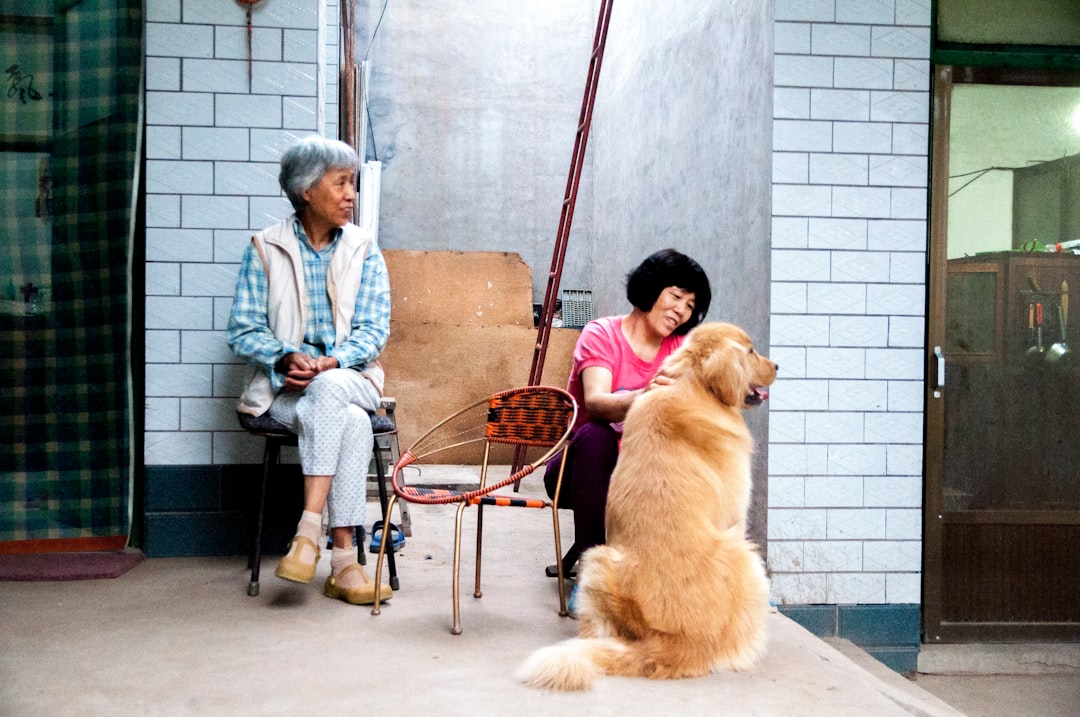
Walking a dog strengthens the bond between the senior and their pet. Spending quality time together can improve the relationship, making both the senior and the dog feel more secure and content. The mutual affection and companionship gained through regular walks contribute to emotional stability and a sense of belonging.
This relationship differs fundamentally from human relationships because it’s built on unconditional acceptance. Dogs don’t judge their owners for moving slowly, taking frequent breaks, or having days when walking feels challenging. They simply adapt their pace and remain loyal companions.
Pets provide companionship and emotional support, delivering a sense of unconditional love and acceptance – key for those battling depression. This emotional support becomes particularly crucial during difficult periods when family members might be unavailable or when health challenges feel overwhelming.
The physical act of petting and caring for their dog releases oxytocin, often called the “love hormone,” which promotes feelings of bonding and reduces stress hormones naturally.
Overcoming Challenges and Safety Considerations
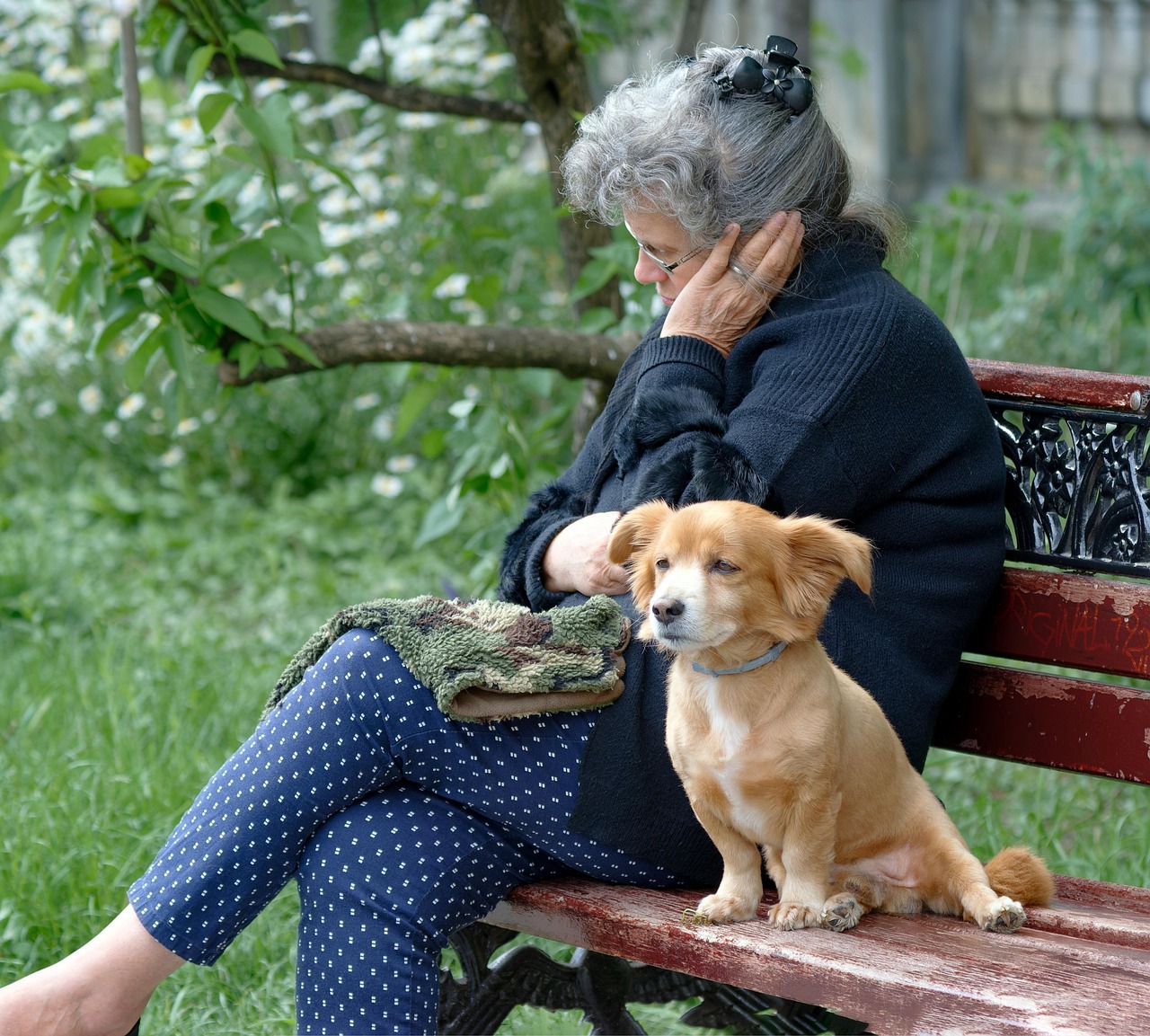
While dog walking offers tremendous therapeutic benefits, seniors must navigate certain challenges to maximize safety and enjoyment. Proper leashes and harnesses provide better control and prevent dogs from pulling too hard, reducing the risk of falls. Retractable leashes are not recommended as they offer less control in emergencies. Instead, a sturdy leash and a comfortable harness that fits well can help maintain safety and control during walks.
If balance or stamina is a concern, consider shorter, more frequent walks instead of long excursions. Also, using a harness instead of a collar can provide more control over your dog with less physical strain on your part. These adaptations ensure that physical limitations don’t prevent seniors from enjoying the therapeutic benefits of dog walking.
Older dog walkers, specifically, should consider performing resistance and balance exercises to build muscle and improve coordination. Preparation becomes key to safe enjoyment, and many communities now offer senior-specific resources for safe dog walking.
The goal isn’t to eliminate all risks but to manage them intelligently while preserving the therapeutic value of this powerful activity. Sometimes this means hiring professional dog walkers to accompany seniors or choosing smaller, calmer dogs that match physical capabilities.
Conclusion

Walking a dog transforms from a simple pet care chore into a comprehensive therapy program that addresses the multifaceted challenges of aging. The physical exercise strengthens bodies, the routine provides structure, the social interactions combat isolation, and the emotional bond offers comfort that no medication can replicate.
This therapeutic relationship works because it’s reciprocal. While seniors care for their dogs, their dogs simultaneously care for them in ways that extend far beyond companionship. Every step taken together becomes a step toward better health, increased social connection, and enhanced quality of life.
For seniors considering this path, remember that the perfect walking companion might be waiting at a local shelter, ready to begin a therapeutic journey together. What aspects of dog walking therapy appeal most to you? Share your thoughts about this powerful combination of companionship and healing.

Gargi from India has a Masters in History, and a Bachelor of Education. An animal lover, she is keen on crafting stories and creating content while pursuing a career in education.






